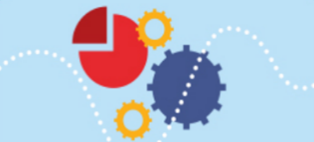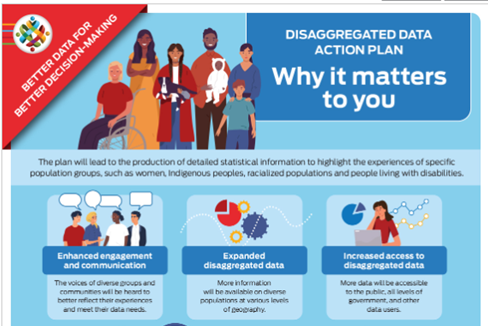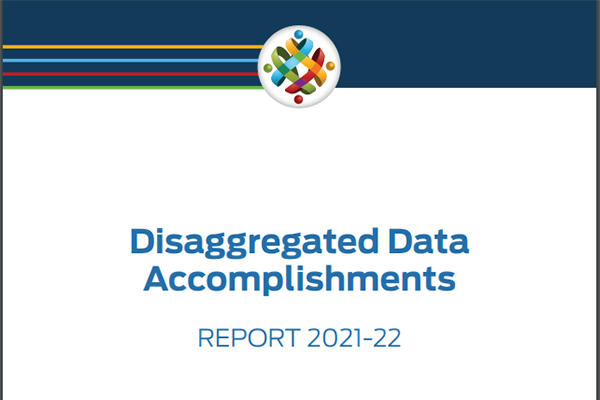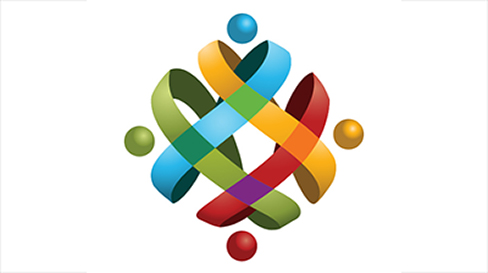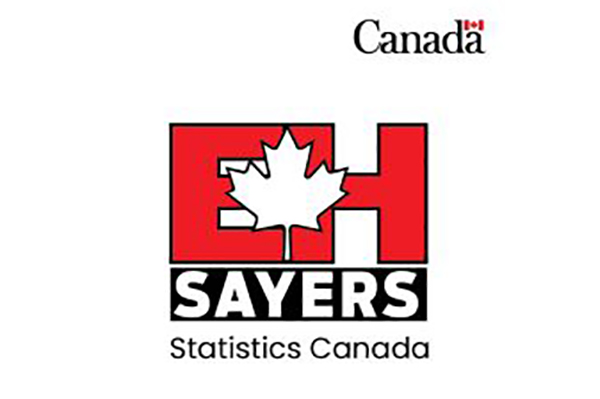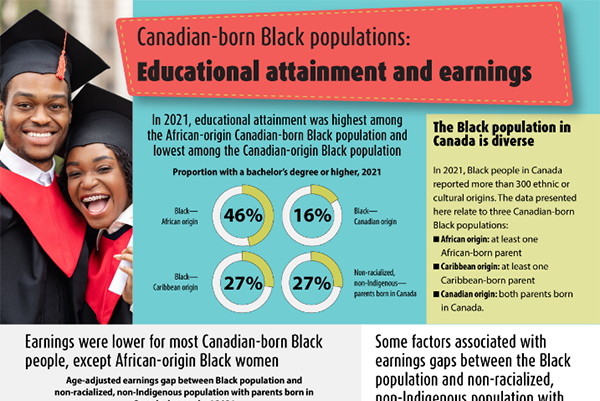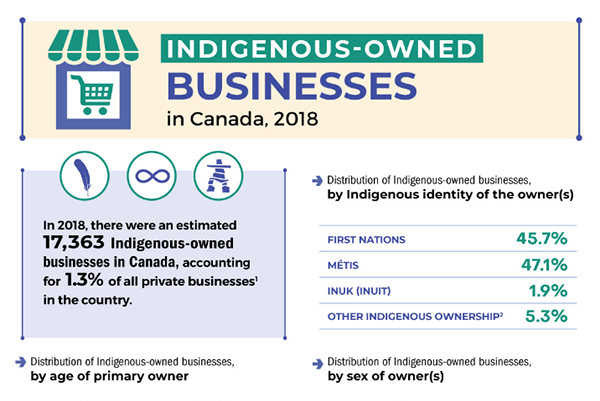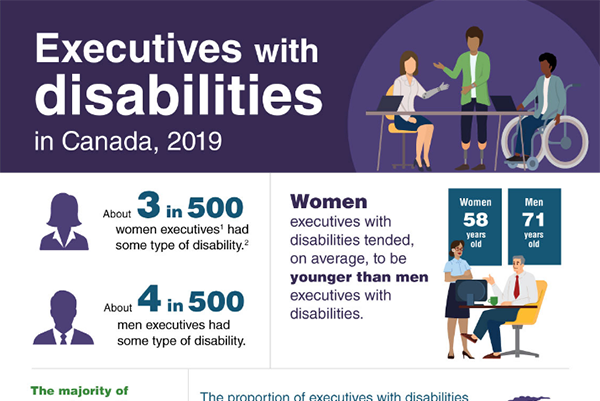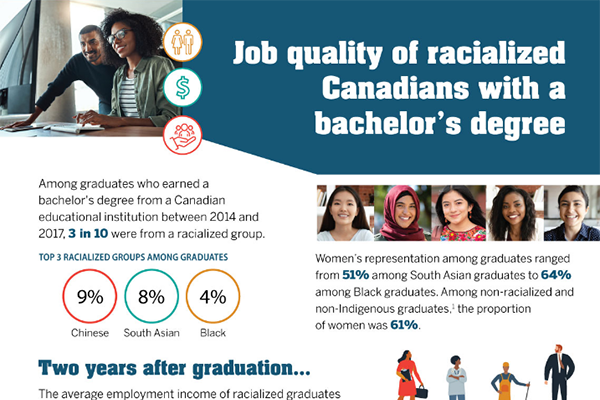Police-reported Indigenous and Racialized Identity Data Through the Uniform Crime Reporting Survey: Progress Update and Next Steps
Canadian Centre for Justice and Community Safety Statistics
July 24, 2023
Executive summary
In response to increasing demands for better disaggregated data to help shed light on individuals' diverse experiences, Statistics Canada and the Canadian Association of Chiefs of Police have committed to collaborating on an initiative (Collection of data on Indigenous and ethno-cultural groups in Canada's official police-reported crime statistics) to collect data on the Indigenous and racialized identity of all victims and accused persons through the Uniform Crime Reporting (UCR) Survey. The current article provides an update on the status and next steps of this initiative—the Police-reported Indigenous and Racialized Identity Data (PIRID) project.
On September 1, 2022, Statistics Canada published the interim Report and Draft Recommendations: Police-Reported Indigenous and Racialized Identity Statistics via the Uniform Crime Reporting Survey (hereafter referred to as "the September report"). This report was a culmination of feedback received through engagements with various partners as part of the initial step toward the collection of police-reported data on the Indigenous and racialized identity of all victims and accused persons through the UCR Survey. The September report included reassurances, guiding principles and recommendations to inform the next steps of the initiative. There were six recommendations developed as part of the first phase, which are informing the work currently underway related to the PIRID project. These recommendations can be found in Appendix A below.
Following the release of the September report, Phase II of the project began with the goal of operationalizing the recommendations outlined in Phase I and developing a process roadmap for interpreting the draft recommendations from this report into concrete data collection and analysis methods and plans. Similar to Phase I, Statistics Canada is currently conducting a second phase of engagements with various partners with diverse perspectives to obtain their feedback on the recommendations and assess any concerns or considerations related to the operationalization. The "Where we are" section below outlines the efforts undertaken related to operationalizing the initiative.
Statistics Canada aims to begin Phase III of the project in the winter of 2024. This phase will include the following established goals:
- dissemination of a report outlining guidelines, standards and best practices for police-reported data collection and reporting
- delivery of training programs for police services across Canada
- readiness of the Statistics Canada UCR system to accept data from police services.
Background
On July 15, 2020, a joint announcement was made by Statistics Canada (Collection of data on Indigenous and ethno-cultural groups in Canada's official police-reported crime statistics) and the Canadian Association of Chiefs of Police (CACP) (Joint Statement Signals Significant Statistical Enhancement for Canada's Criminal Justice System) committing to working collaboratively on the collection of Indigenous and racialized identity data of all accused and victims of criminal incidents through the Uniform Crime Reporting (UCR) Survey. The announcement was in response to increasing demands for better disaggregated data that would speak to the disparate treatment and overrepresentation of Indigenous and racialized persons in the Canadian criminal justice system. A lack of national-level data has made it difficult to assess the extent of these issues accurately and to develop effective solutions (David & Mitchell, 2021; Millar & Owusu-Bempah, 2011; Samuels-Wortley, 2021; Truth and Reconciliation Commission of Canada, 2015; Wortley, 1999).
Although UCR Survey data are limited to criminal incidents, the collection of data on the Indigenous and racialized identity of all accused and victims of crime may prove critical in understanding and addressing disparities in the criminal justice system (David & Mitchell, 2021; Millar & Owusu-Bempah, 2011). As a first point of entry into the criminal justice system, UCR Survey data may also allow for further analyses of Indigenous and racialized groups' experiences with other aspects of the criminal justice system, through the linkage of policing, courts and corrections data.
Using a multi-phased approach, Statistics Canada has begun working toward the goal of enabling the collection of these data by police services. The remainder of this document will discuss the completed initial phase of the initiative, the current status of the initiative and next steps. The chart below shows the major deliverables and timelines of the initiative.

Chart 1 - Major deliverables and timelines
- July 2020
Announcement — Joint partnership between CACP & StatCan - July 2021 – February 2022
Phase I — Consultative Engagements - July 2022 – January 2024
Phase II — Operationalization & UCR technical Changes - September 2022
Release — Interim report and draft recommendations published - June 2023
Launch — CACP Special Purpose Committee - July 2023
Release — Progress update and next steps report published - 2024 – ongoing
Phase III — Implementation: UCR System Read - January 2024
Release — Data collection and reporting guidelines
Following the joint announcement in 2020, Statistics Canada consulted internally and with its key partners on how best to approach the initiative to collect Indigenous and racialized identity data of victims and accused persons through the UCR Survey. In Phase I of the initiative, Statistics Canada embarked on an engagement process to seek feedback from diverse perspectives, including Indigenous and racialized group organizations, police services, academics, and other parties of interest at the national, provincial or territorial, municipal, and local government levels. Next, Statistics Canada distributed to over 500 identified stakeholders a written engagement document with a discussion guide to seek feedback and input. The agency also held virtual roundtables between July 2021 and February 2022. These engagements led to Statistics Canada publishing a draft report and recommendations in September 2022 to guide the next phases of the initiative. The activities undertaken since the September report are briefly outlined below. For more details on Phase I of the initiative, please see the full September report.
In Phase II of the initiative (see "Where we are"), the focus is to develop a process roadmap for translating the draft recommendations from the September report into concrete data collection and analysis methods and plans. Similar to Phase I, Statistics Canada is conducting a second phase of engagements with various partners with diverse perspectives, including community organizations, academics, police services, police associations and other parties of interest at the national, provincial or territorial, municipal, and local government levels to obtain their feedback on the recommendations and assess any concerns or considerations related to operationalization. The "Where we are" section below outlines the efforts undertaken related to operationalizing the initiative.
Following Phase II, the focus of the initiative will be shifted to Phase III (implementation). In the "Where we are headed" section, goals of this phase are briefly outlined.
To stay up to date on this initiative, please visit the Statistics Canada Crime and Justice Statistics Hub.
Where we are
Following the release of the draft report and recommendations in September, the second phase of the project began with the goal of operationalizing the recommendations outlined in the first phase. The focus of Phase II (operationalization)is to address concerns and develop a process roadmap for translating the draft recommendations into concrete data collection and analysis methods and plans. Work on this second phase is currently ongoing.
Stakeholder engagement
In this phase, Statistics Canada has been holding debriefs with partners, stakeholders and other interested parties on the results of Phase I, seeking their feedback and reactions.
Additionally, Statistics Canada is conducting a second phase of engagements with various partners with diverse perspectives, including community organizations, academics, police services, police associations and other parties of interest at the national, provincial or territorial, municipal, and local government levels. While seeking feedback on all of the recommendations and planned next steps, these engagements primarily focus on how to operationalize recommendations 1 and 2:
Recommendation 1
The collection of information on the Indigenous and racialized identity of accused persons and victims of crimes through the Uniform Crime Reporting Survey should be conducted through both the "officer perception" method and the "self-identification" method.
Recommendation 2
The collection of information on the Indigenous and racialized identity of accused persons and victims of crimes through the Uniform Crime Reporting Survey should be conducted using Statistics Canada's standardized population group categories for both the "self-identification" method and "officer perception" method.
More specifically, these engagements are seeking input on
- operational needs, concerns and issues
- guidelines on how to best collect Indigenous and racialized information
- guidelines on when it is appropriate to collect Indigenous and racialized information
- ways to develop the standards and guidelines
- provincial legislation and privacy acts that may affect Indigenous and racialized identity data collection
- the use of data after collection.
Statistics Canada will continue to work with its partners toward the collective goal of providing jurisdictions with guidelines and standards for data collection and analysis, while also acknowledging that jurisdictional nuances and contexts must be considered when adopting a data collection approach. For example, Statistics Canada will work with the policing community and propose variables for the collection of officer perception data with an option to roll up detailed Indigenous and racialized identity categories that will align with existing jurisdictional standards to ensure consistency in reporting.
Launch of the Canadian Association of Chiefs of Police Special Purpose Committee
Recommendation 3
of the September report stipulates:
The Canadian Association of Chiefs of Police should work together with Statistics Canada and other parties of interest to establish national collection standards and guidelines that will integrate with police procedures, processes, and workflow.
To action this recommendation, Statistics Canada and the CACP have been working together to establish the CACP Special Purpose Committee to guide the next steps of the initiative, particularly as they relate to operationalizing the September recommendations and producing guidelines for police services to implement data collection.
The committee is intended to provide assessments and decisions to develop guidelines for technical and operational changes and implementation, Records Management System (RMS) changes, training, communications, and community engagement. The CACP Special Purpose Committee will also support the development of guidelines and best practices for the analysis, presentation, interpretation and dissemination of the data. They will identify appropriate benchmarks and approaches for adding context during analysis to align with Recommendation 5 from the September report.
Recommendation 5
The analysis and use of information on the Indigenous and racialized identity of accused persons and victims of crimes should be done in a manner that reflects the realities experienced by Indigenous and racialized communities through the inclusion of context in all publications and related dissemination products.
Other activities
In addition to the Phase II engagements and launch of the CACP Special Purpose Committee, other activities currently underway as part of this phase include the following:
- UCR system updates at Statistics Canada
This includes technical changes to develop a new version of the UCR Survey (UCR 2.5) that would be ready to position Statistics Canada to accept data in January 2024.Footnote 1 - Continued debriefs and collaboration
Statistics Canada continues to provide updates to and engage partners. This includes presentations at various conferences and to working groups and various police services boards, as well as ad hoc presentation requests. Further, to align this national initiative with existing jurisdictional priorities, Statistics Canada is communicating and coordinating with various police services and other partners to ensure they can meet both national and jurisdictional or provincial priorities.
Where we are headed
As part of the second phase of the initiative, Statistics Canada will soon begin work on training development, in collaboration with the CACP Special Purpose Committee. Training is an important aspect of making enhancements to the UCR Survey and data collection. Statistics Canada is currently establishing its approach for developing UCR 2.5 training. In collaboration with the CACP Special Purpose Committee, data collection training will be developed for police services with emphasis on the purposes of the data collection, as well as how and when the data should be collected and reported.
While Phase II of the initiative is currently underway, Statistics Canada aims to begin Phase III in the winter of 2024. In brief, Phase III (implementation) includes the following established goals:
- dissemination of a report outlining guidelines, standards and best practices for police-reported data collection
- launch of UCR 2.5
- delivery of data collection training for police services.
Plans and activities related to upcoming phases of the initiative will be shared at a later date.
For information and to remain up to date on the progress of this initiative, please visit the Crime and Justice Statistics Hub.
Conclusion
Statistics Canada recognizes that communities across Canada are diverse and that the collection of police-reported identity information must consider the specific characteristics, existing relationships and contexts of the policing organizations and the communities they serve.
From a national standpoint, this initiative aims to develop evergreen national standards and guidelines for data collection and analysis that build on expertise, established frameworks, lessons learned and best practices. The agency looks forward to continuing to work with police, communities and other parties of interest to enable data collection and analysis of police-reported identity information and finding a balance that results in sound and meaningful data to help shed light on the experiences of Indigenous and racialized communities with police and the criminal justice system.
References
David, J.D., & Mitchell, M. (2021). Contacts with the Police and the Over-representation of Indigenous Peoples in the Canadian Criminal Justice System. Canadian Journal of Criminology and Criminal Justice, 63(2), 23-45.
Millar, P., & Owusu-Bempah, A. (2011). Whitewashing Criminal Justice in Canada: Preventing Research through Data Suppression. (PDF) Canadian Journal of Law and Society, 26(3), 653-661.
Samuels-Wortley, K. (2021). To Serve and Protect Whom? Using Composite Counter-Storytelling to Explore Black and Indigenous Youth Experiences and Perceptions of the Police in Canada. Crime & Delinquency, 67(8), 1137-1164.
Truth and Reconciliation Commission of Canada. (2015). Calls to Action. (PDF).
Wortley, S. (1999). A Northern Taboo: Research on Race, Crime, and Criminal Justice in Canada. Canadian Journal of Criminology, 41(2), 261-274.
Appendix A: Recommendations
Recommendation 1
The collection of information on the Indigenous and racialized identity of accused persons and victims of crimes through the Uniform Crime Reporting Survey should be conducted through both the "officer perception" method and the "self-identification" method.
Recommendation 2
The collection of information on the Indigenous and racialized identity of accused persons and victims of crimes through the Uniform Crime Reporting Survey should be conducted using Statistics Canada's standardized population group categories for both the "self-identification" method and "officer perception" method.
Recommendation 3
The Canadian Association of Chiefs of Police should work together with Statistics Canada and other parties of interest to establish national collection standards and guidelines that will integrate with police procedures, processes, and workflow.
Recommendation 4
Any training delivered by Statistics Canada or the police community should emphasize the importance of the data collection initiative and the benefits for the Canadian population, policy-makers, and the police.
Recommendation 5
The analysis and use of information on the Indigenous and racialized identity of accused persons and victims of crimes should be done in a manner that reflects the realities experienced by Indigenous and racialized communities through the inclusion of context in all publications and related dissemination products.
Recommendation 6
To ensure consistency, the standards developed in the context of this initiative should be considered for future data collection within justice and community safety sectors.
Full report
- Date modified:




